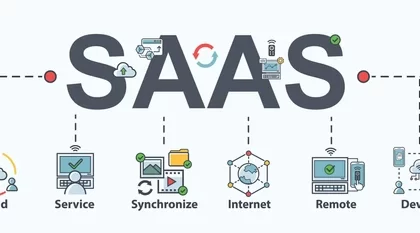Microfinance institutions were originally intended for financing the poor communities to help them sustain living, build better houses, acquire basic education and fight against poverty. With such primary mission, the performance of microfinance projects was measured by social impact of the projects to the warfare of the intended community (Brau & Woller, 2004; Morduch, 2000). This was until 1990’s, when there were changes in the focus among different microfinance stakeholders requiring the institutions to focus not only of social impact but also on efficiency use of funds and as well as sustainable operations.
The changes of focus were a result of failure of most donor funded project due to high default rates, poor fund management and lack of knowledge on the better use of funds among the community members served (Cull et al, 2009, Aghion & Morduch 2005; Zeller & Johannsen, 2006).
Apart from the internal push factor, Microfinance institutions experienced increased competitions for donor funds as a result of the increased number of institutions demanding the funds and changes in donor priorities (Morduch, 2000; Ledgerwood, 2001). There were increased needs for efficient and sustainable institutions which do not depend on donation and which have the ability to mobilize commercial funds and still keep their social mission of outreach to the poor (CGAP, 1998, Christen et al, 2004). Keeping the balance between financial performance and non-financial performance has recently been the point of focus among microfinance stakeholders.
Most of empirical evidences in the sector have indicated the presence of trade off between focusing on financial performance and outreach to the poor among Microfinance institutions (Hermes et al, 2011; Annim, 2010, Kablan, 2012). The need for balance financial and non financial performance in Microfinance institutions resulted into formation of social task force tasked to come up with social metrics which can be used together with financial metrics in the evaluation of performance of Microfinance institutions (Zeller et al, 2003).The need for performance balance also resulted into the creation of balanced scorecard for measurement of Microfinance performance taking into account financial, social and other non financial performance metrics (MFC, 2007). Microfinance sector in Tanzania has recently experienced tremendous growth due to the increased number of firms engaging in microfinance services including commercial Banks and other profit-oriented firms (Triodos Facet, 2011).
Recent statistics shows that the need for financial services is still high as more than half of the country population is still excluded from financial services (FinScope, 2009). Although the number of Microfinance institutions has increased, the outreach to the poor as well as the social impact is still low (Marr & Tubaro, 2011, Triodos Facet, 2011). The extent to which Microfinance institutions balance between financial and nonfinancial focus has not yet been documented.
Performance measurement is the evaluation of outcomes of an organization as a result of management decisions on resources of an organization and execution of those decisions made by the members of an organization (Hofer, 1983). The process of performance measurement involves a careful and deliberate observation of the organization outcome by comparing the achievement of the organization with the indented objectives that was to be achieved. The measurement of performance of an organization is very important as it facilitate the formulation of clear coherent mission, strategies and objective which are in line to how their achievements are measured (Kravchuk & Schack, 1996). The measurement of organization performance provides information to the manager and employees about the extent to which the agreed targets have been reached. It improves control of organization resources, allow adjustment of organization activities and facilitate the rewards and appraisal of the member of the organization (Locke & Latham, 1984).
The study by Arsyad (2005) used both financial and non financial performance metrics in the measurement of performance of village credit institutions and the determinant factors in Bali province Indonesia. The findings reported that institutional environment both formal and informal affect the performance of microfinance institutions. The study by Godquin (2004) provides evidences on performance of MFIs in terms of loan repayments in Bangladesh.
This study focuses on impact of group lending, non financial services and dynamic incentives on repayment performance. The results of the study show that, provision of non financial services had a positive impact on repayment performance. The results also show that, MFIs in the country were allocating larger loans to borrowers as the age of their borrowing group increases while group homogeneity has an impact on repayment performance. So far, no study was found which integrates both financial and non-financial metrics into a balanced scorecard in the measurement of performance of Microfinance institutions.
Moreover, it is to born in mind that the effective operations of the Microfinance institutions requires a digital transformative operation that gives not only quick responsive results but also with assured quality, and that is what Amala App Suite provides for your company. A gifted software that gives your business multiple solutions to lead your business into massive growth. Amala App Suite will give you the world class best experience and an team of experts who are available at all time to give you the best experience in Microfinance operations.








